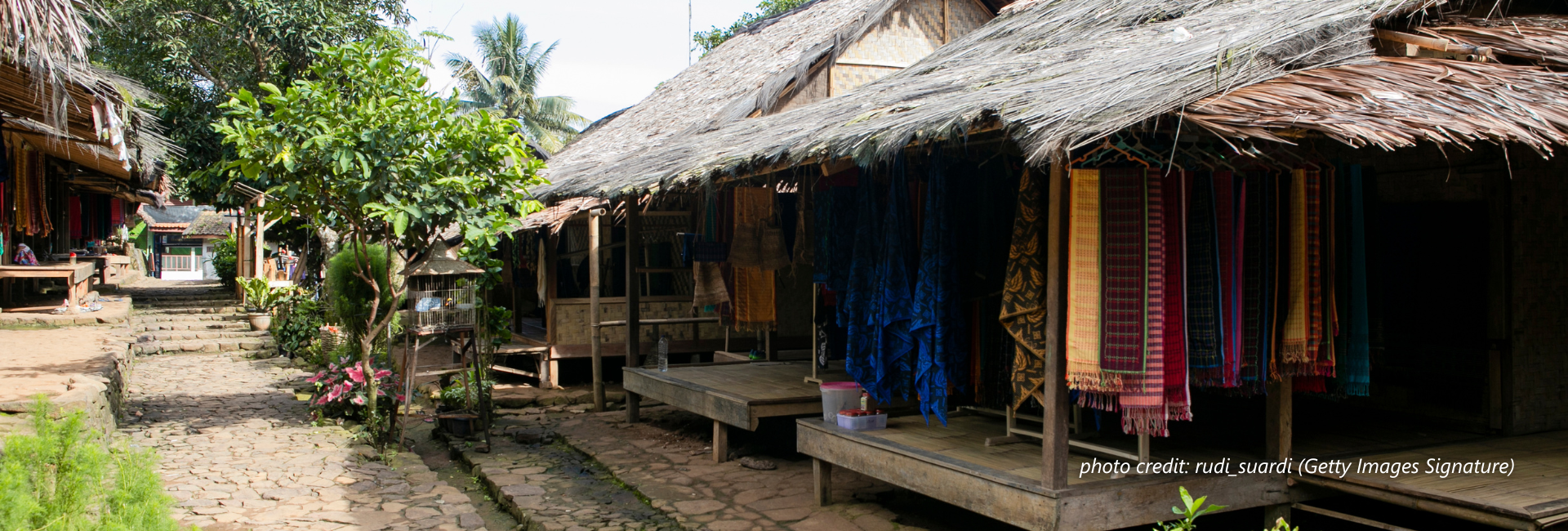This study examines the impact of village fund (VF) transfers on rural welfare in Indonesia. We use the monthly night-time light (NTL) dataset as a proxy for rural welfare for around 75,000 villages from 2014 to 2019. Using Regression Discontinuity in Time (RDiT), we find that VF positively impacts rural welfare, as the value of Average Light Intensity (ALI) increases by almost 97% after the implementation of VF. The highest influence of VF transfers is revealed to be in underdeveloped villages. This indicates preliminary evidence of regional convergence, where poor villages grow faster than developed villages. In addition to the RDiT, the Difference in Difference (DiD) estimations show that the rural welfare of villages that received VF early in 2015 was 19% higher than those without VF in 2015.
Suggested citation:
Nurlatifah Hartojo, Mohamad Ikhsan, Teguh Dartanto & Sudarno Sumarto (2023): The impact of village funds on rural welfare in Indonesia: A regression discontinuity in time (RDiT) and difference in difference (DiD) approach, Applied Economics Letters, DOI: 10.1080/13504851.2023.2187016



